The Pantheon is a structure located in Rome and is considered one of the most important examples of ancient Roman architecture. First built in 27 BC, the Pantheon was reconstructed in 118 AD. One of the most interesting features of the structure is its dome. The dome is 43 meters in diameter and 43 meters high, making it the largest concrete dome in the world. Additionally, there is an opening in the center of the dome that provides illumination for the structure. The Pantheon was built as a temple dedicated to the ancient Roman gods. However, in the 7th century AD, it was converted into a church for the Christian religion. The Pantheon is an important structure both historically and architecturally and is visited by thousands of tourists every year.
What are the architectural features of the Pantheon?
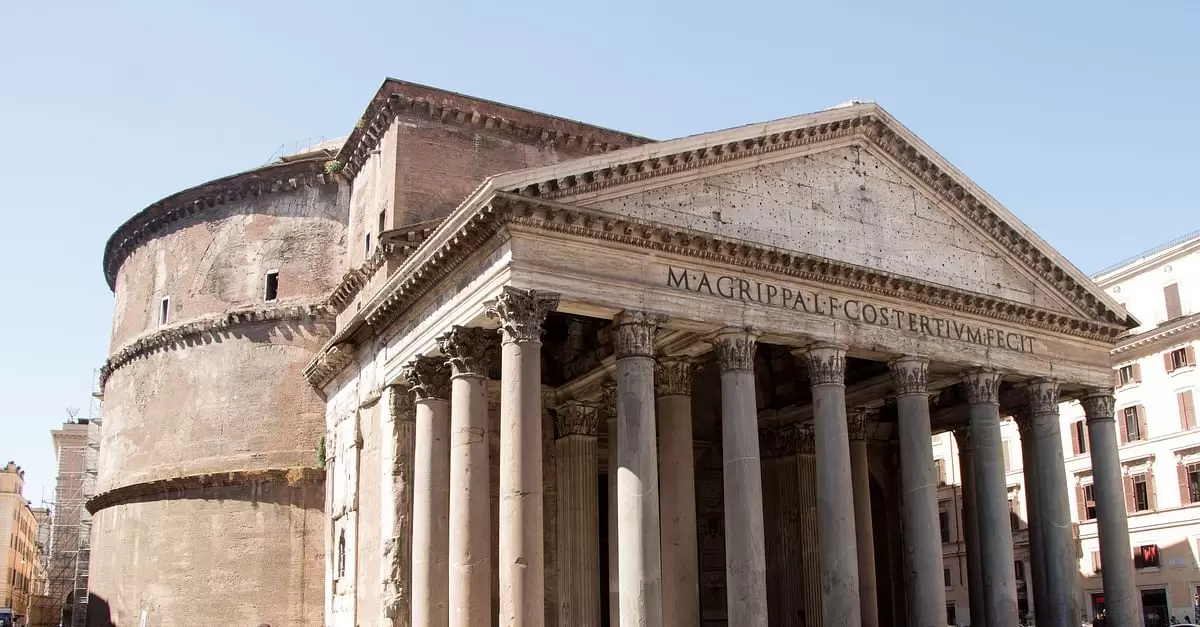
The Pantheon is a structure that was built during the Roman Empire and has managed to survive until today. This structure has a significant place in terms of architecture and has been studied by many architects and art historians.
One of the most important architectural features of the Pantheon is its dome. The dome is 43 meters in diameter and 43 meters high and is known as the world's largest concrete dome. The interior surface of the dome is covered with golden mosaics, which were made during the Roman Empire.
Other important architectural features of the Pantheon include the columns and doors on the exterior. The exterior is surrounded by 16 granite columns, which were brought from Egypt during the Roman Empire. The doors are made of bronze and feature various mythological figures and scenes.
The interior of the Pantheon is also quite impressive. Inside, there is a circular structure made of marble, which is located under the dome. The circular structure is surrounded by 8 granite columns, which were brought from Egypt during the Roman Empire. The interior also features various sculptures and mosaics.
The Pantheon is a structure of great architectural importance and is still visited by many tourists today. This structure reflects the architectural and artistic understanding of the Roman Empire and is therefore studied by historians and art historians.
What are the unknowns about the history of the Pantheon?
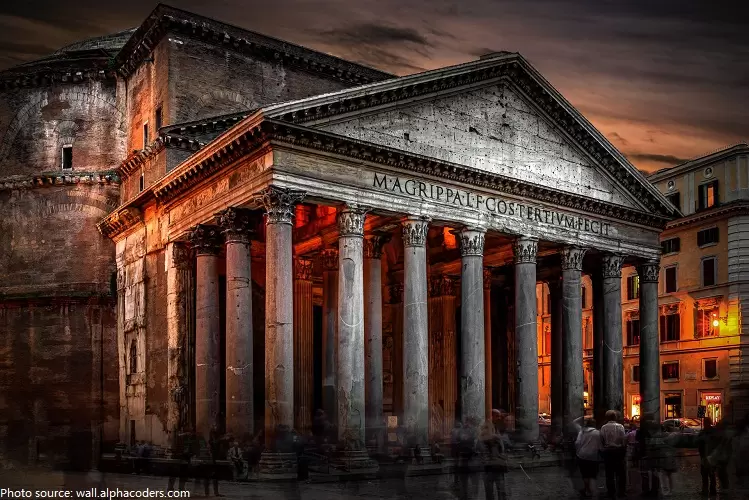
The Pantheon is one of the most famous ancient structures in Rome. It was built by Emperor Hadrian between 118-125 AD. The Pantheon means "all gods" and is dedicated to the Roman gods. However, there are many unknowns about the history of the Pantheon.
Firstly, the materials used in the construction of the Pantheon are still a mystery. Some sources claim that the stones used in the building were brought from Egypt, while others say they were brought from Greece and Italy. Also, how the dome of the Pantheon was built is still a mystery. Some historians are trying to understand how the voids inside the dome were filled and how the dome was supported.
Secondly, the original purpose of the Pantheon is still debated. Some believe that the Pantheon was built as a temple, while others claim it was used as a palace or a tomb. Some sources say that the Pantheon was used for many different purposes, but its true purpose is still uncertain.
Finally, it is known that the Pantheon underwent many changes throughout its history. For example, in 609 AD, Pope Boniface IV converted the Pantheon into a Christian church. Also, the statues and other decorations inside the Pantheon were changed or removed over time.
In conclusion, the history of the Pantheon still holds many secrets. However, this ancient structure still attracts visitors and is one of Rome's most important tourist attractions.
What is the place of the Pantheon in the Roman Empire?
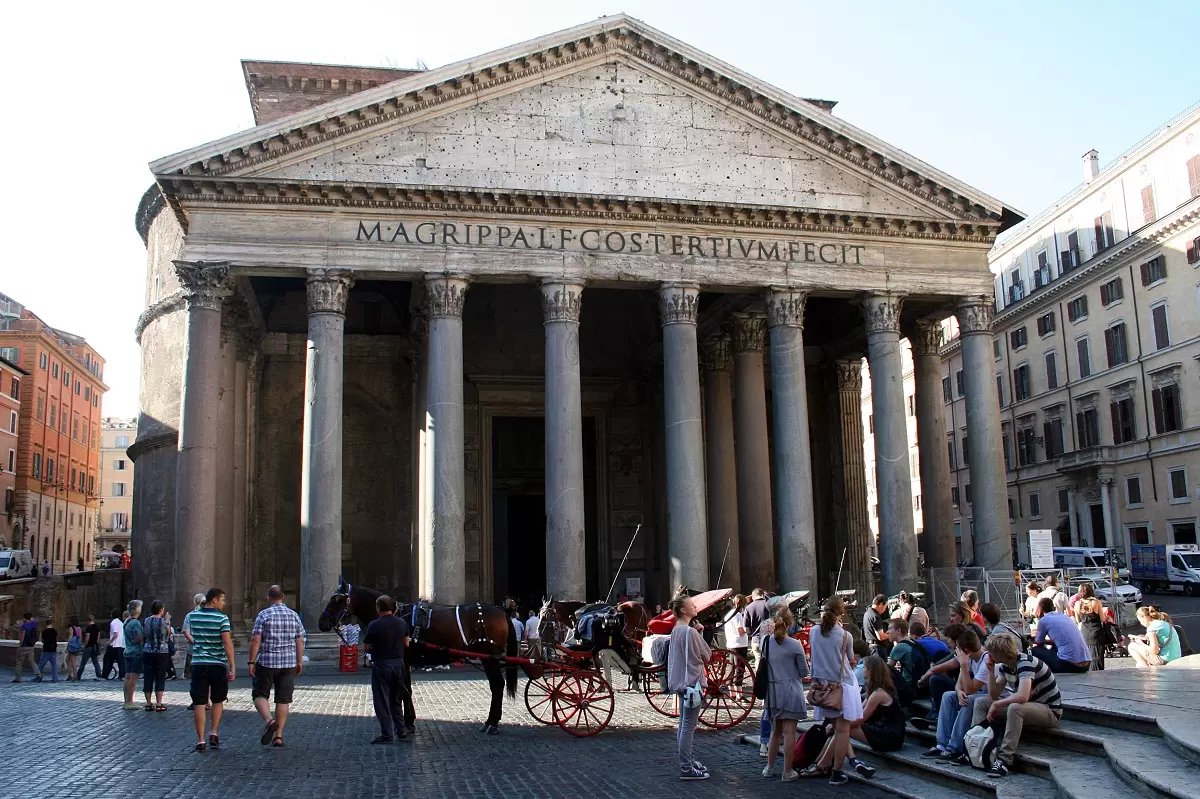
The Pantheon is one of the most important structures built during the Roman Empire. This structure was built by the Roman Emperor Hadrian between 118-125 AD. The Pantheon is considered one of the most important temples of the Roman Empire and is one of Rome's most famous tourist attractions.
The Pantheon is one of the best examples of ancient Roman architecture. The dome inside the structure is a building that used the highest level of technological developments of the time. The diameter of the dome is 43 meters and its height is 43 meters and 30 centimeters. These measurements are the largest dome measurements made at that time.
The Pantheon was used for many different purposes during the Roman Empire. First, the structure is known as "Pantheon," which means the temple of all gods. The structure was dedicated to many different gods during the Roman Empire. Later, it was used as a church during the Christian period. During this period, some of the statues and other works inside the structure were removed.
Today, the Pantheon is still a tourist attraction that can be visited. The structure is considered one of the most important structures of the Roman Empire and is frequently visited by tourists. The Pantheon is considered one of the best examples of ancient Roman architecture and is studied by many architects and artists worldwide.
What is the current use of the Pantheon?
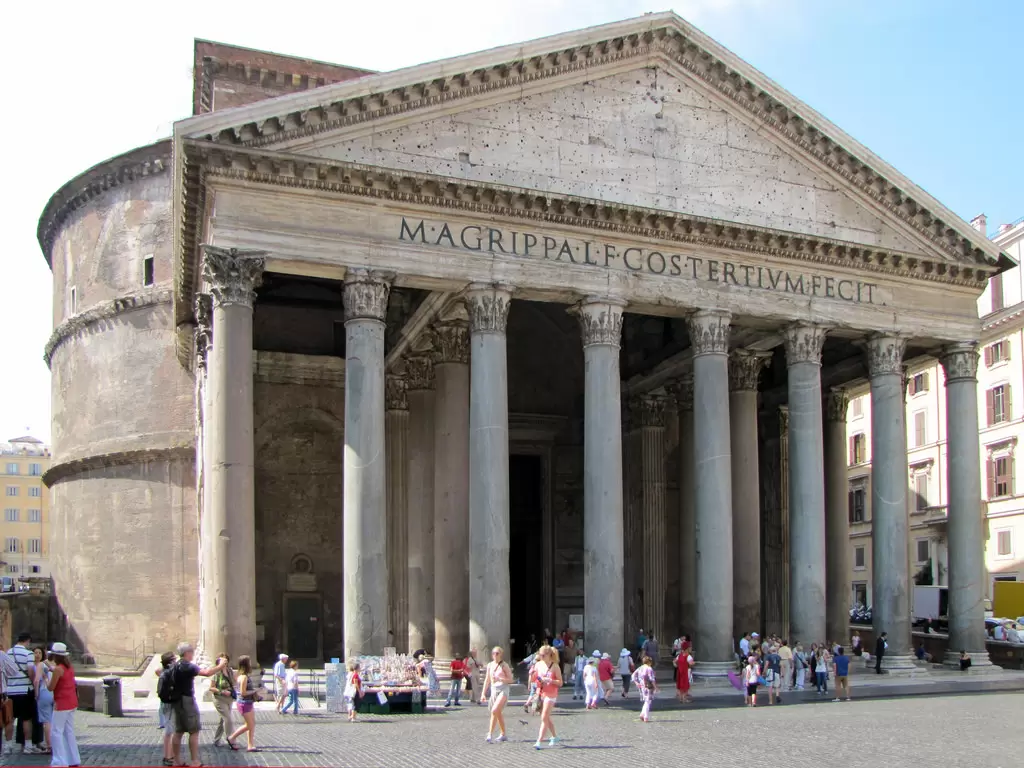
The Pantheon is a temple and mausoleum complex built during the Roman Empire. First built by Augustus in 27 BC, the Pantheon has been repaired and renovated many times over time. Today, the Pantheon is one of the most visited places by tourists.
During the Roman Empire, the Pantheon was used as a temple for the gods. Renovated by Emperor Hadrian in AD 118, the Pantheon was later used as a mausoleum. With the end of the imperial period, the Pantheon began to be used as a church. In 609, Pope Boniface IV converted the Pantheon into a church in memory of Christian saints. Therefore, the Pantheon is still used as a church today.
The architecture of the Pantheon was built using the most advanced technologies of the time. Its domes and walls show that the highest level of architectural techniques of the Roman Empire was used. The dome inside the Pantheon is the world's largest concrete dome and still stands today.
Today, the Pantheon is one of the most visited places by tourists. The monuments and tombs inside provide visitors with a lot of information about the Roman Empire. In addition, the Pantheon also holds an important place on All Saints' Day, celebrated on November 1st every year. On this day, a ceremony is held in memory of Christian saints.
In conclusion, the current use of the Pantheon stands out as a tourist attraction. However, due to its historical significance and architecture, the Pantheon attracts the interest of many people worldwide. The Pantheon is an important structure that contains a lot of information about the Roman Empire.
How did the architecture of the Pantheon make it such an impressive structure?
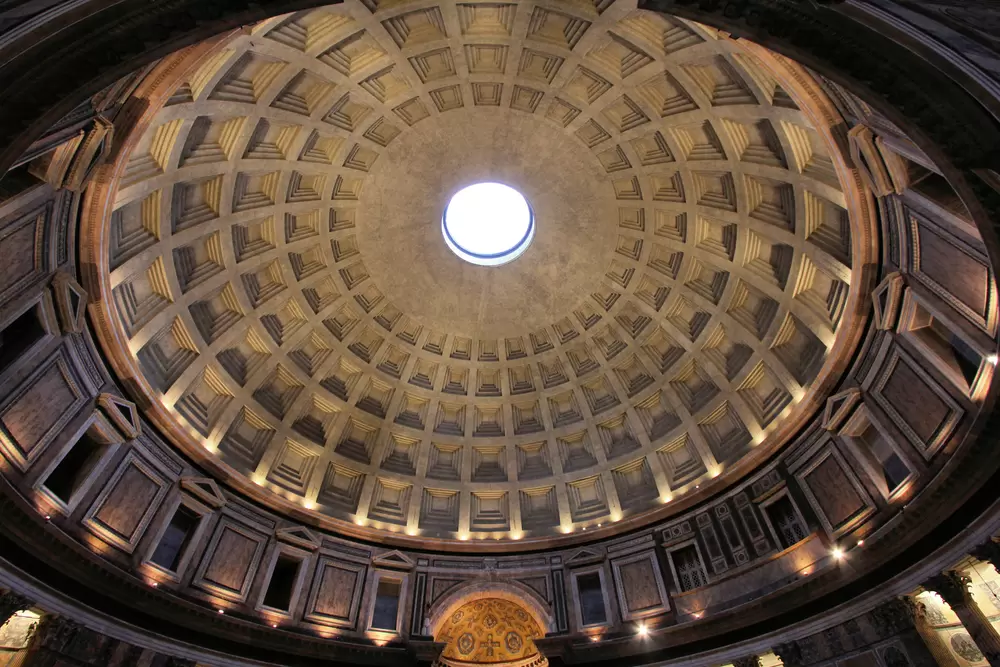
The Pantheon is a structure that was built during the Roman Empire and has managed to stand to this day. Its architecture is considered one of the most impressive of its time. So, how did the architecture of the Pantheon make it such an impressive structure?
The architecture of the Pantheon was built using the most advanced technologies of its time. The dome of the structure is considered the largest dome of its time and has managed to stand to this day thanks to the durability of the materials used in its construction. Additionally, the interior surface of the dome is covered in gold mosaics, giving the interior of the structure a very impressive appearance.
The architecture of the Pantheon also stands out for its use of the most advanced architectural techniques of its time. The walls of the structure are made up of massive granite blocks, and the precise placement of these blocks has increased the durability of the structure. Additionally, the columns in the interior of the structure were built using the most advanced architectural techniques of the time, giving the structure an aesthetically impressive appearance.
In conclusion, the architecture of the Pantheon was built using the most advanced technologies and architectural techniques of its time. The dome, walls, and columns of the structure have made it durable and aesthetically impressive. Therefore, the Pantheon has managed to stand to this day thanks to its architecture and is considered a structure that attracts the interest of many tourists worldwide.

Comments